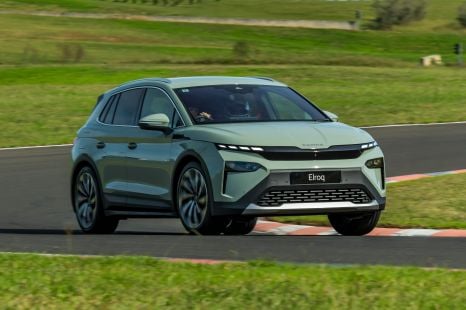

James Wong
4 Days Ago
Android Auto and Android Automotive sound similar, but they're totally different systems. Here is why.
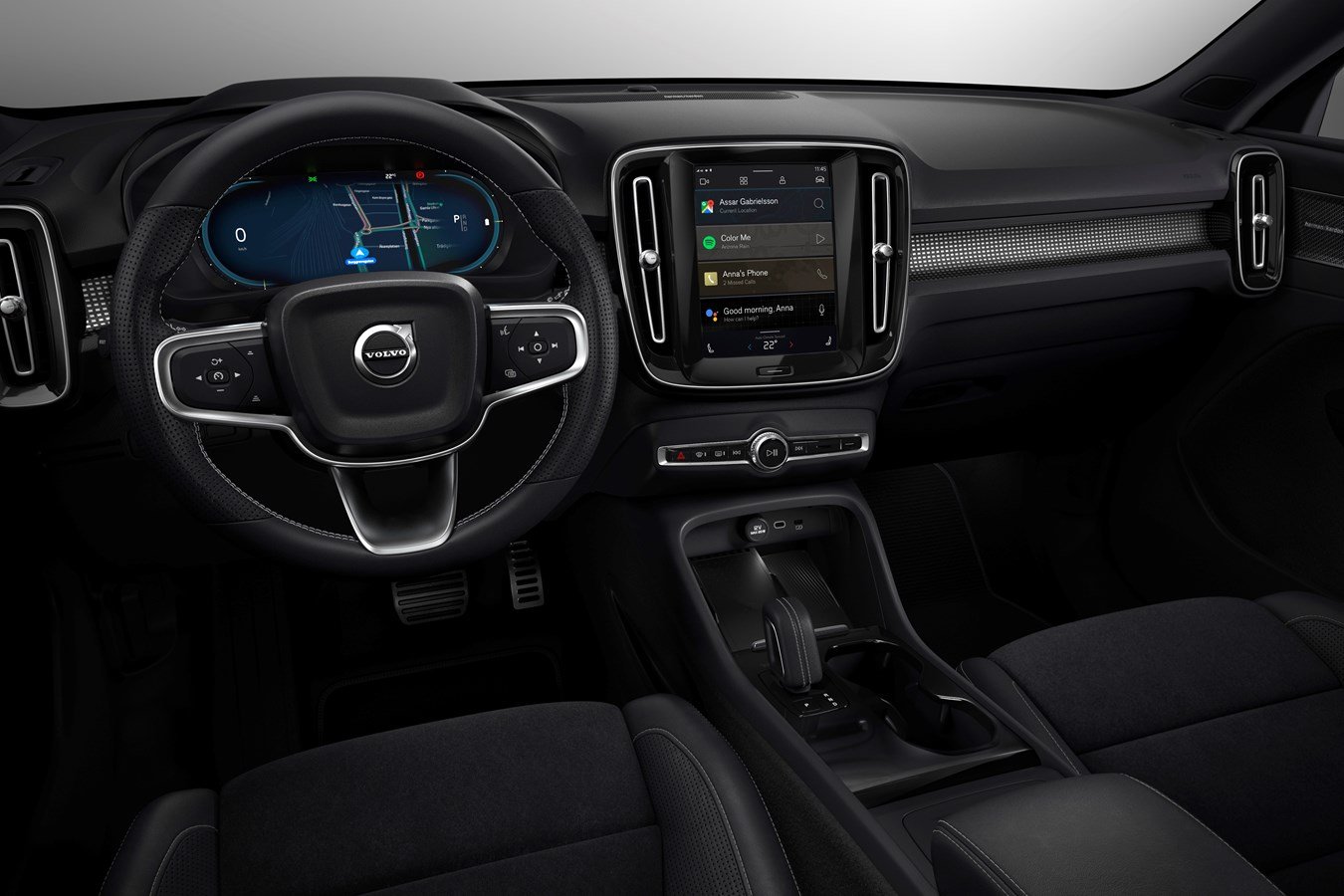
Over the coming months you’re about to hear about new cars coming to market with AndroidAutomotive.
For many of us – thanks to that slightly ambiguous name names – that might not seem like news. After all, cars have supported Android Auto for years.
But there’s a big difference between Android Auto and Android Automotive. Here’s what sets the two apart.
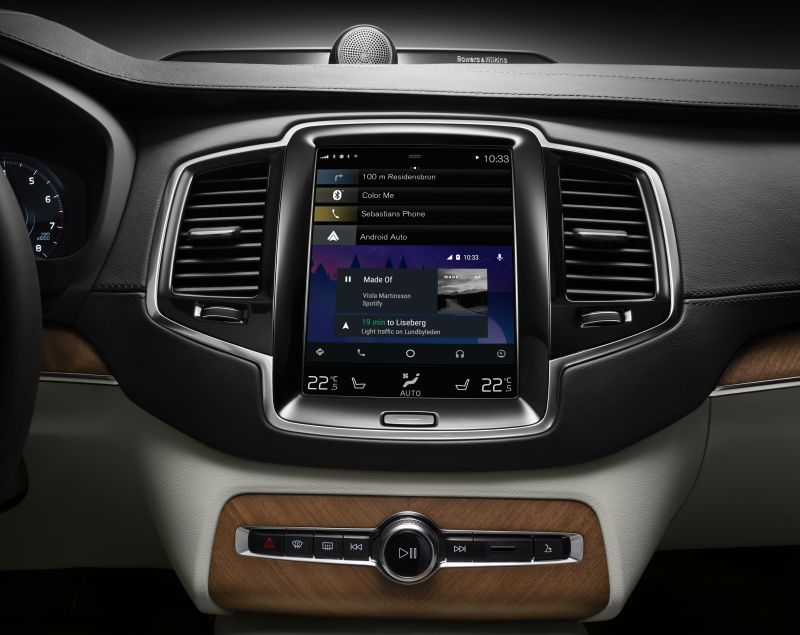
First is the one we all know, Android Auto. It was introduced to smartphones in 2015 as part of the Android ecosystem, and first appeared in a Hyundai Sonata. Although the name is unchanged, the system underwent a significant facelift in July 2019.
Most manufacturers now support the phone-based infotainment system. Android Auto runs on your smartphone and displays apps and notifications on your car display.
It enables you to interact with the essential services of your phone through the interface provided by the carmaker. This means you can use Google Maps instead of the inbuilt navigation, or use your favourite music streaming app as its creators intended.
It can be controlled through the screen, steering wheel, or using voice commands. The system has evolved to the point where some people rarely use the manufacturer infotainment system – it’s all about Android Auto or its cross-town rival, Apple CarPlay.
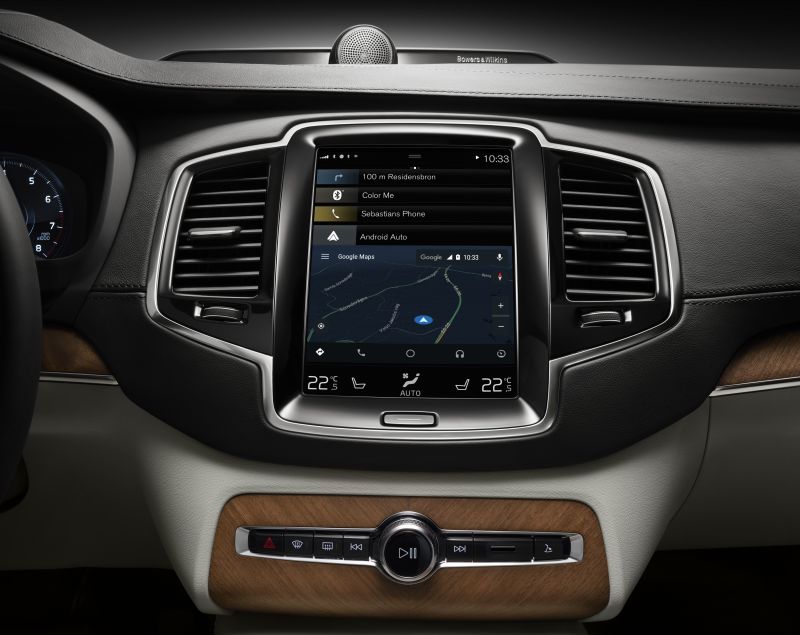
Android Automotive, on the other hand, is the infotainment system.
It’s the system that runs your vehicle controls – not an overlay, and not something that requires your smartphone to be connected. It’s part of the car, the software base on which the infotainment system itself is built.
Google has been developing the system for a number of years, and car manufacturers are partnering to bring Android Automotive to their future vehicles. Volvo is one example – the XC40 Recharge will be its first vehicle to with the system.
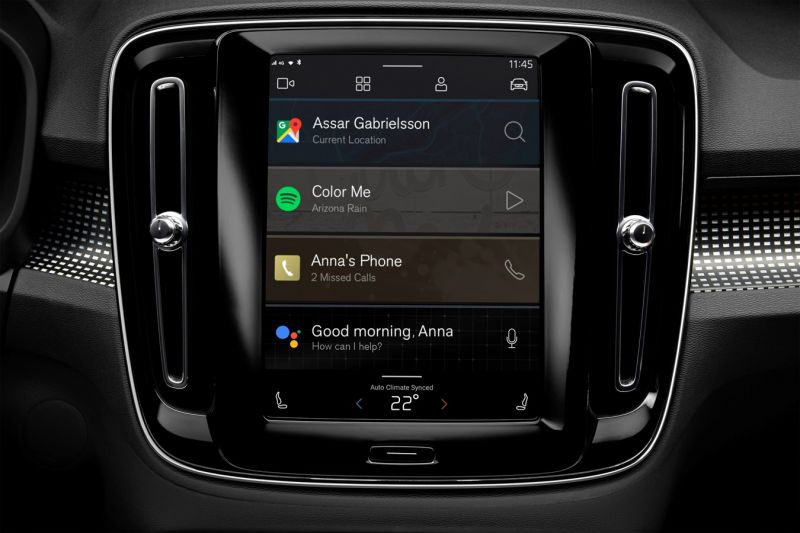
This infotainment system brings the Google Voice Assistant to the car, which means you can control functions such as air conditioning, music, calls, navigation (and more) through voice. And if you’ve used the Google Voice Assistant before, it actually understands you most of the time.
Tight integration with Google Voice Assistant also means the car can be more tightly integrated into the home.
Getting close to home and want to turn the bedroom lights and air conditioning on? Provided they’re smart devices compatible with Google, that can all be managed using voice commands in the car.
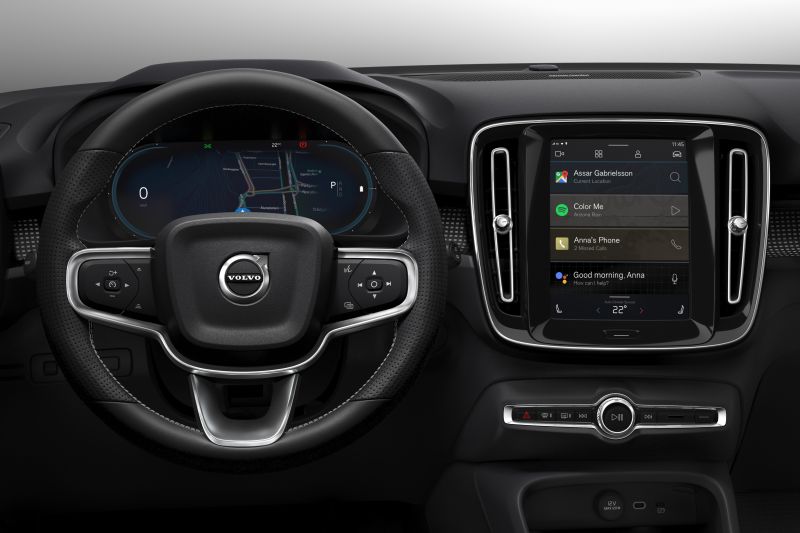
The driver display and the central infotainment screen will be more closely integrated. You’ll be able to view your Google Maps navigation in the instrument binnacle and head-up and browse Spotify playlists on the central display.
You’ll have access to the Google Play Store, and developers will be able to make their smartphone apps compatible with Android Automotive. You might be able to join a Zoom meeting from the car, post a tweet using voice, make calls via Facebook Messenger, or order a coffee at McDonalds.
Essentially, what your smartphone can do today could be, in a safe way, integrated into the car.
The interface is not just about apps. As with a current infotainment system, Android Automotive will also integrate temperature controls, a reversing camera, and controls for in-car functions.
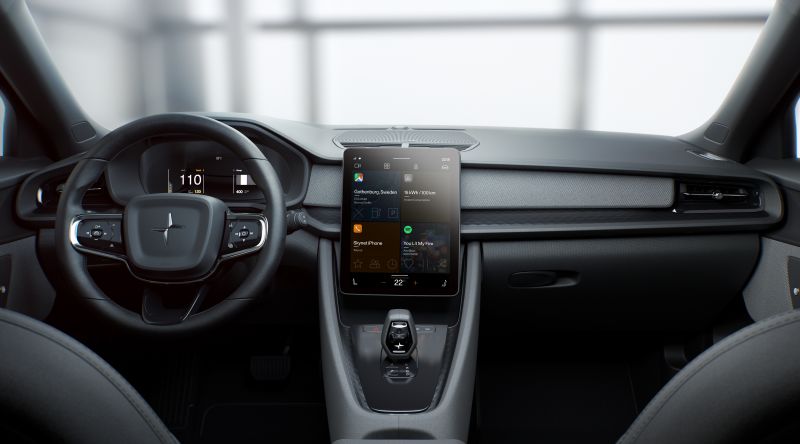
Greg Bosnich, director for public relations at Volvo Australia, confirmed Android Automotive will still support Apple CarPlay.
But if you drive a current-model Volvo you sadly won’t be able to have the existing Sensus infotainment system upgraded to Android Automotive.
Speaking with CarExpert, Greg said Android Automotive replaces the existing Sensus system, and carries large hardware changes to that of the current fleet. Those who do purchase a Volvo with Android Automotive, however, can look forward to over-the-air updates when new features are available, and the ability to control elements of the vehicle from your smartphone.
Globally, we’ll see vehicles from General Motors featuring Android Automotive, and the upcoming Polestar 2 – also developed by Volvo – will do the same. As these cars are released you’ll see manufacturers add their own skin or flavour to the operating system.

Jumping from car-to-car, the system will feel familiar but slightly tweaked to suit the brand. It’s the same as Samsung modifying Android so its smartphones look and feel slightly different to a Motorola using the same basic operating system.
What started as a plug-in interface is set to take over the entire vehicle. Will we see Apple take CarPlay to the next level? Hey Siri, turn my heated seats on. This will get interesting.
Take advantage of Australia's BIGGEST new car website to find a great deal on a Volvo.


James Wong
4 Days Ago
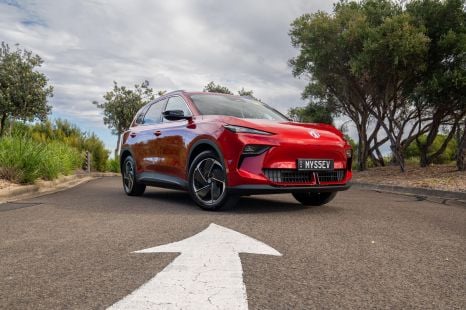

Andrew Maclean
4 Days Ago
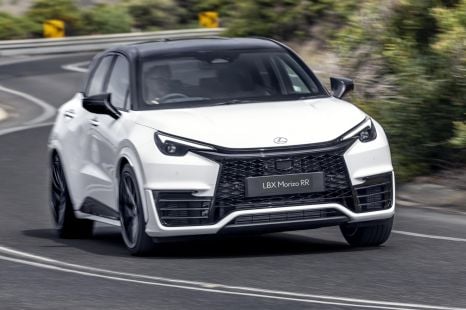

Josh Nevett
8
4 Days Ago
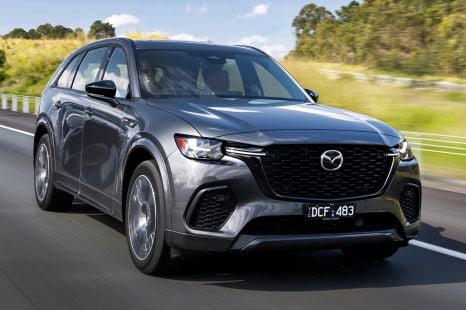

Jack Quick
7.9
3 Days Ago


Damion Smy
2 Days Ago


Neil Briscoe
2 Days Ago